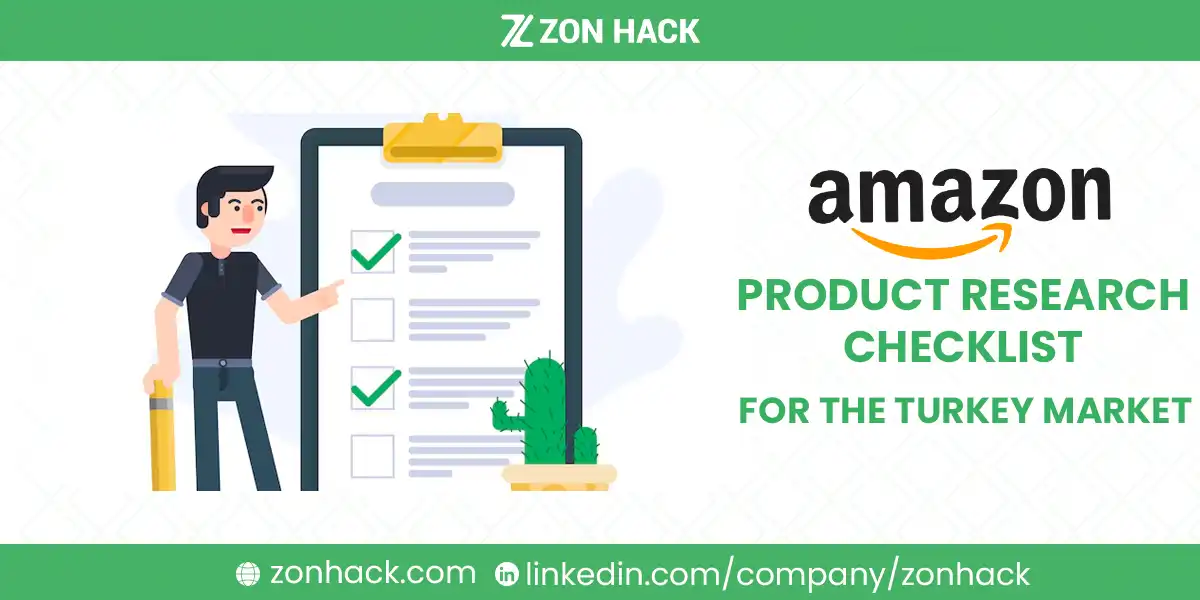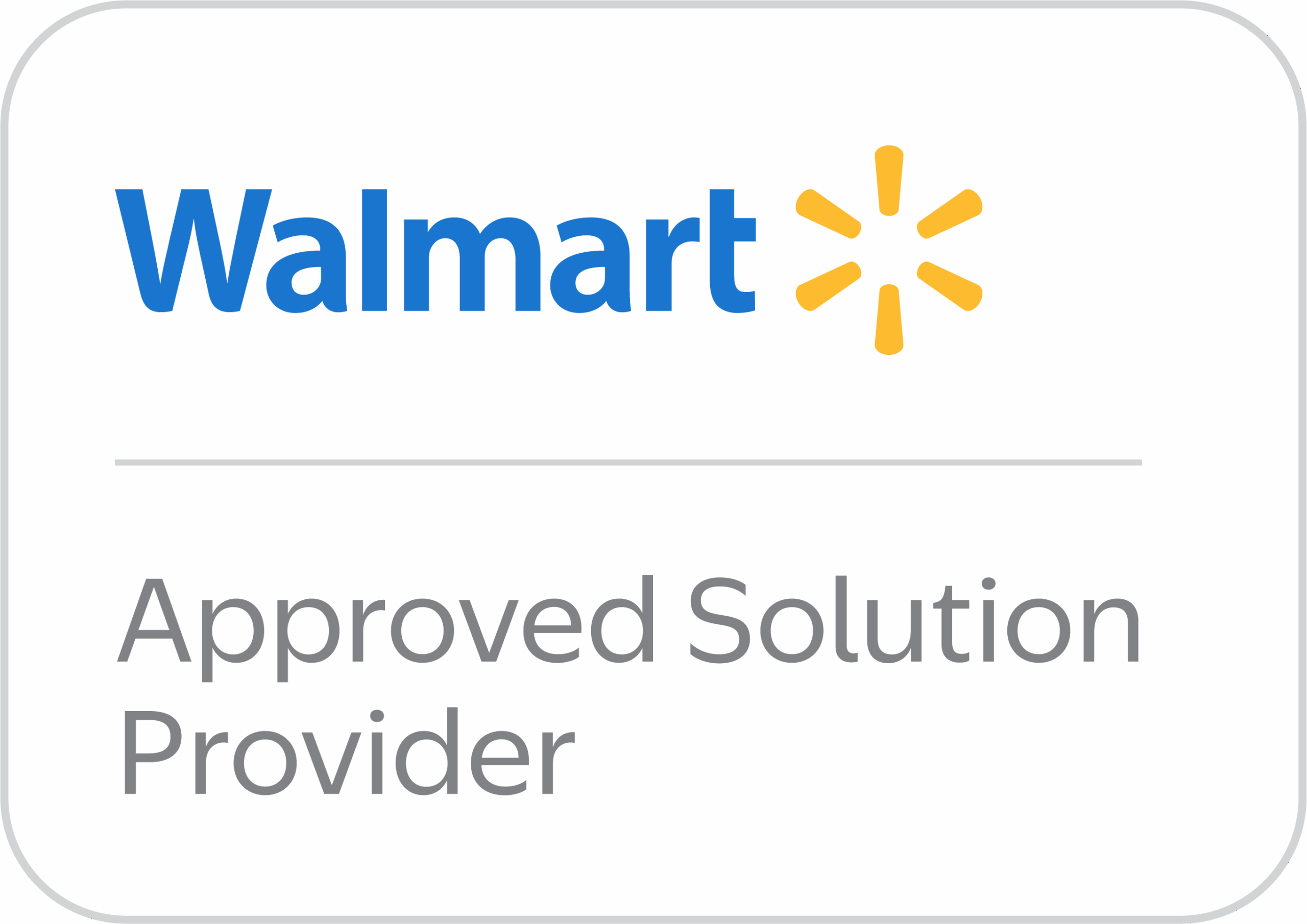As e-commerce in Turkey continues to experience rapid growth, entering this market requires a solid, data-driven approach. The Turkish e-commerce market is projected to reach $28.9 billion by 2025, and Amazon.com.tr has been gaining significant market share since its launch in 2018. This guide offers a detailed checklist to help sellers succeed by thoroughly understanding Turkey’s market dynamics, consumer behaviors, and seasonality.
Understand the Turkish E-Commerce Landscape
Turkey boasts a large consumer demographic, with a population of 85.3 million (2024) and an e-commerce penetration rate of 69.4%. Smartphone usage reaches 93.5%, making mobile shopping a dominant trend. The average disposable income is TRY 12,500 per month, though high inflation rates influence purchasing decisions. Key shopping seasons include Ramazan and Eid (March-April), Cyber Monday (November), Black Friday (November), and New Year (December-January).
Key Consumer Data:
| Factor | Metric |
| Population | 85.3 million |
| E-commerce Penetration | 69.4% |
| Smartphone Usage | 93.5% |
| Avg. Disposable Income | TRY 12,500 monthly |
| Avg. Cart Value | TRY 650 ($20) |
| Peak Shopping Hours | 8 PM to 12 AM |
| Payment Method | Credit cards (55%), Pay at delivery (25%) |
Select the Right Product for Amazon Turkey
Product selection is critical. Key criteria include price range, weight, and local market relevance. Product prices between TRY 150-2000 are ideal, appealing to middle-income consumers. Keeping product weight under 2 kg reduces shipping costs, while size limitations (under 45x35x35 cm) help avoid excess delivery fees. For a product to be viable, it should yield at least a 25% margin after all costs.
Product Selection Checklist:
| Criteria | Optimal Range |
| Price | TRY 150-2000 |
| Weight | Under 2kg |
| Size | Under 45x35x35 cm |
| Margin Potential | Minimum 25% |
For demand indicators, ensure your product meets Turkey’s minimum sales thresholds: Monthly Sales: 200+ units for competitive niches, 75+ for low competition BSR Targets: Top 100: Highly competitive 100-1,500: Ideal range 1,500-7,000: Moderate potential
Assess Market Competition
A thorough competitive analysis reveals opportunities for differentiation. Reviewing the top 10 competitors in your category is crucial, focusing on listing quality, titles, images, pricing strategies, and reviews. Consider using Helium 10, Jungle Scout, and AMZScout for in-depth data on these competitors.
Market Saturation Table:
| Competition Level | Number of Reviews | Number of Sellers | BSR Range |
| Low | <30 | <8 | >1,500 |
| Medium | 30-150 | 8-15 | 500-1,500 |
| High | >150 | >15 | <500 |
Consider Turkey-Specific Scenarios
Turkish cultural factors significantly influence product demand. Products should align with local values and preferences. Listings that offer Turkish language support and consider local customs show respect and increase appeal. Additionally, TSE certification, Turkish labeling, and adherence to Turkish safety standards are essential legal requirements for certain product categories.
Cultural and Legal Checklist:
- Language Support: Turkish/English packaging and listing
- Local Preferences: Traditional designs and local taste considerations
- Compliance: TSE certification, Turkish labeling, safety standards
- Payment Options: Cash on delivery availability important
How Do You Calculate Profit and Assess Cost Structure?
A solid profit calculation is essential to understand product viability. Your total cost includes product cost, shipping, Amazon fees, and VAT (18%). Setting a minimum profit margin of 25% is advisable, with a return on investment (ROI) threshold of 90%. Allocating around 15-20% of revenue to marketing efforts can aid in driving visibility and sales.
Cost Structure Formula: {Total Cost} = {Product Cost} + {Shipping} + {Amazon Fees} + {VAT (18%)}
Net Profit=Selling Price−Total Cost
Here’s a breakdown of the cost element:
| Cost Element | Percentage of Selling Price |
| Product Cost | 20-25% |
| Shipping | 15-20% |
| Amazon Fees | ~15% |
| Marketing | 10-15% |
| Target Profit Margin | 25-35% |
Which Tools and Strategies Can Enhance Product Research?
Utilize Helium 10, Jungle Scout, and Sellics for market intelligence, keyword research, and competition analysis. These tools offer data on search volumes, seasonal trends, competitor performance, and pricing changes, helping sellers adjust strategies based on data.
Primary Research Tools:
| Tool | Purpose |
| Helium 10 | Market intelligence, keyword research |
| Jungle Scout | Product research, sales estimator |
| Sellics | Analytics, PPC management |
| Google Trends UAE | Regional trend analysis |
How Can You Optimize Keywords and Listings for Amazon Turkey?
Keyword optimization is essential for product discoverability. Use tools to identify high-volume, low-competition keywords in Turkish, considering local language nuances and search habits. For example, for a tea kettle, use terms like “çaydanlık,” “demlik,” and “çay seti.” Integrate these keywords naturally in the product title, description, and bullet points.
How Do Seasonal Trends Affect Sales in Turkey?
Turkey’s e-commerce trends are influenced by both religious and secular holidays. During Ramazan and Eid, demand surges for gifts, food items, and home goods. Black Friday, Cyber Monday, and New Year periods also boost sales significantly. School opening season (September) drives demand for educational and office supplies.
Integrate these trends into your product research for the Turkey market and you will be on your way to success with your e-commerce journey.
FAQs
What is the ideal price range for Amazon Turkey products?
TRY 150-2000, considering the local purchasing power and competition.
What are the key shopping seasons on Amazon Turkey?
Ramazan, Eid, Black Friday, Cyber Monday, and New Year drive significant demand.
How do I handle currency fluctuations?
Regular price monitoring and adjustment strategies are essential due to TRY volatility.
Why is Turkish language support crucial?
Turkish descriptions and keywords are essential for reaching the local market effectively.
What are the most popular product categories?
Electronics, home goods, fashion, and personal care products perform consistently well.
Summing It Up
Success in the Amazon Turkey marketplace requires understanding local market dynamics, consumer behavior, and cultural nuances. This comprehensive checklist provides actionable steps to identify profitable products, analyze competition, optimize listings, and manage costs effectively. Regular monitoring and strategy adjustment based on market trends and economic conditions are crucial for long-term success in this growing e-commerce market.




